If you’re searching for the longest rivers in the world, then you’ve come to the right place. Although it may seem pretty straightforward, determining a river’s length is actually quite complicated.
Rivers are measured by their headwaters, but finding the true origin of any given river is the tricky part. Large rivers have countless sources and tributaries, some of which are located in remote and hard-to-reach areas.
Below you’ll find the list of longest rivers in the world according to accepted standards. Keep the aforementioned caveats in mind as you read, and remember that these calculations are subject to change.
Table of Contents
The Longest Rivers in the World
| Number | River | Length (mi) | Length (km) |
|---|---|---|---|
| 1 | Nile River | 4,160 | 6,650 |
| 2 | Amazon River | 4,000 | 6,436 |
| 3 | Yangtze River | 3,964 | 6,378 |
| 4 | Mississippi River | 3,710 | 5,970 |
| 5 | Yenisei River | 3,442 | 5,539 |
| 6 | Yellow River | 3,398 | 5,464 |
| 7 | Ob Irtysh River | 3,362 | 5,410 |
| 8 | Rio de la Plata | 3,030 | 4,880 |
| 9 | Congo River | 2,900 | 4,700 |
| 10 | Amur River | 2,763 | 4,444 |
1. Nile River – 6,650km | 4,160mi
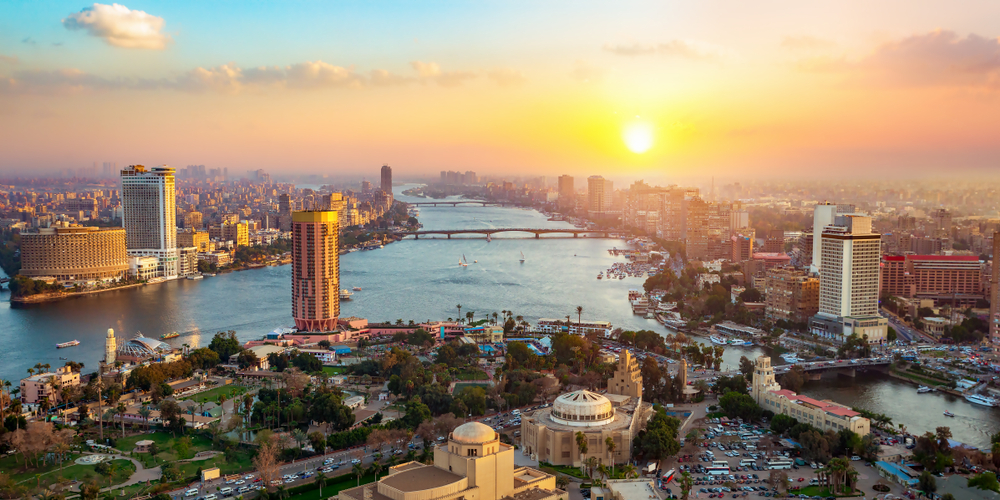
Ethiopia, Eritrea, Sudan, Uganda, Tanzania, Kenya, Rwanda, Burundi, Egypt, the Democratic Republic of the Congo, South Sudan
Known as the “Father of African Rivers,” the Nile River is regarded as the longest river in the world. Though it runs through 11 different countries, the Nile is often associated with Egypt.
This could be because of its enchanting presence in front of the Pyramids, but it’s more likely due to the fact that it was the primary source of fresh water and irrigation for ancient Egyptian dynasties.
The Nile is still a significant water source for the countries it runs through. The warm climate supports cultivation along the river’s shores, and it’s also an important route for transportation and trade.
There are two primary sources of the Nile River – the White Nile and the Blue Nile. The White Nile is the longer of the two, though the source of this tributary is not widely agreed upon.
Many believe that Lake Victoria is the source, which in turn is fed by the Kagera River. The source of the Blue Nile is much more widely accepted, with the headwaters starting in Lake Tana, which is located in Ethiopia.
After the Nile runs its course, it shoots out into the Mediterranean Sea by way of Egypt.
2. Amazon River – 6,436km | 4,000mi

Brazil, Peru, Bolivia, Colombia, Ecuador, Venezuela, Guyana
The Amazon River is the second largest river in the world and runs through seven South American countries. The exact location of the river’s headwaters is a bit of a mystery.
Some scientists believe the source is a glacier stream high up in the Peruvian Andes, while others claim that the river’s origin can be traced back to the Cordillera Rumi Cruz (another Peruvian mountain chain).
Because the origin of the Amazon River is disputed, some believe that this body of water is actually longer than the Nile.
While the official length is slightly shorter than that of the Nile, until an agreement is made about the Amazon’s headwaters, no one can say for certain which of the two rivers is longer.
Although the Amazon River’s length might be up for debate, no one can deny that this river is undoubtedly the largest in terms of volume.
An estimated 209,000 cubic meters of water are dumped into the Atlantic Ocean from the Amazon River every second!
3. Yangtze River – 6,378km | 3,964mi

China
The third longest river in the world is the Yangtze River, known locally as the Chang Jian (Long River), the Da Jiang (Great River), and simply the Jiang (River).
Not only is this the largest river in all of Asia, but it’s also the largest river to flow through a single country.
Unlike some of the other longest rivers in the world, the source of the Yangtze River is widely agreed upon – the river originates from the glaciers of the Qinghai-Tibet Plateau.
After winding its way through mountains, gorges, and nine Chinese provinces, the Yangtze River flows out into the East China Sea near Shanghai.
The river has historically been an important waterway. Used for transportation, rice production, and hydroelectric power, the Yangtze River continues to be a vital part of China’s overall GDP.
Settlements began popping up along the riverbanks very early on in the history of human civilization.
Today, China is the most populated country on earth, and over a third of all Chinese residents live somewhere along the Yangtze River basin.
4. Mississippi River – 5,970km | 3,710mi
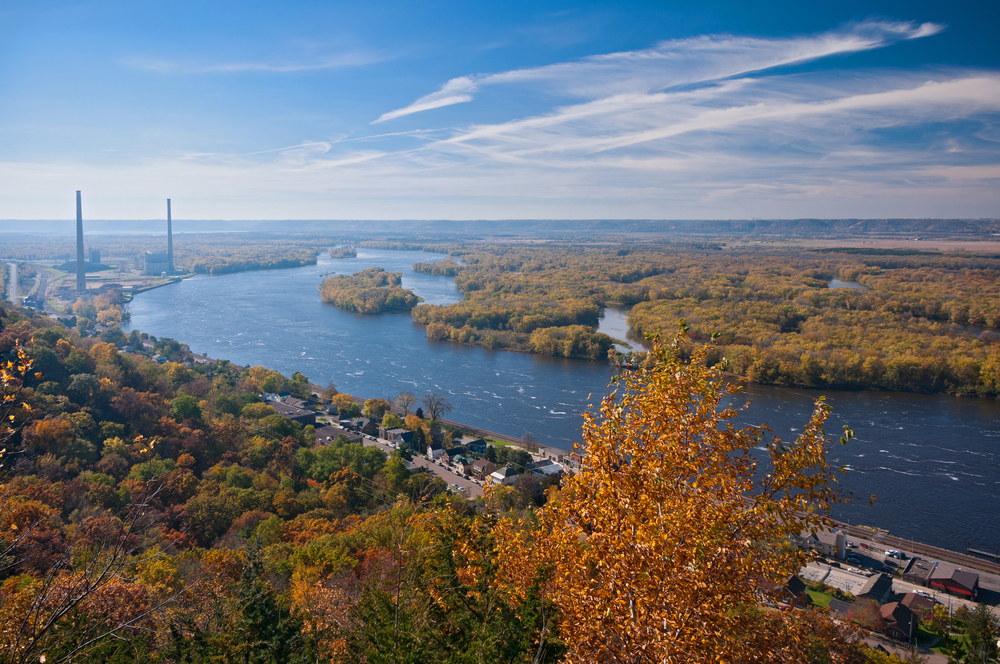
USA, Canada
While the Mississippi River alone is quite long, it becomes the fourth-longest river in the world when you combine it with the Missouri and Jefferson River systems.
The official source of the Mississippi is Lake Itasca, located in northern Minnesota. However, if we consider the furthest source of the river in Brower’s Spring Montana, the river measures a whopping 3,710 miles (5,970km).
This extensive river system drains into 31 US states and two Canadian provinces before draining out into the Gulf of Mexico via New Orleans, Louisiana.
The Mississippi and its floodplain have long since been vital for those who live in its vicinity – including both humans and wildlife.
For example, 40% of the United States’ waterfowl population relies on this body of water, along with over 145 species of amphibians and reptiles and over 260 species of fish.
5. Yenisei River – 5,539km | 3,442mi
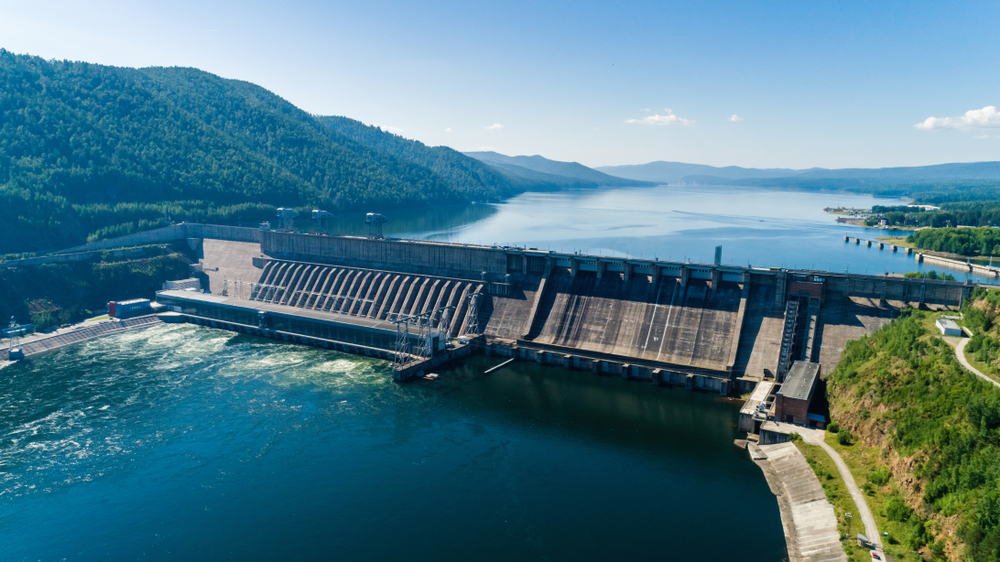
Russia, Mongolia
The Yenisei (or Yenisey) River is the fifth-longest in the world, and it’s also the largest river to empty into the Arctic Ocean.
The river runs from south to north through Siberia and is unofficially known as the boundary between this area’s east and west regions.
Most scientists agree that the river’s headwaters can be traced back to the Selenge River by way of Lake Baikal.
The banks of the Yenisei River have long since been home to various nomadic tribes, including the Ket and Yugh people, who have been living here since history records began.
Unfortunately, pollution and radioactive discharge from a plutonium factory in Zheleznogorsk are wreaking havoc on all life around the river basin.
6. Yellow River – 5,464km | 3,398mi
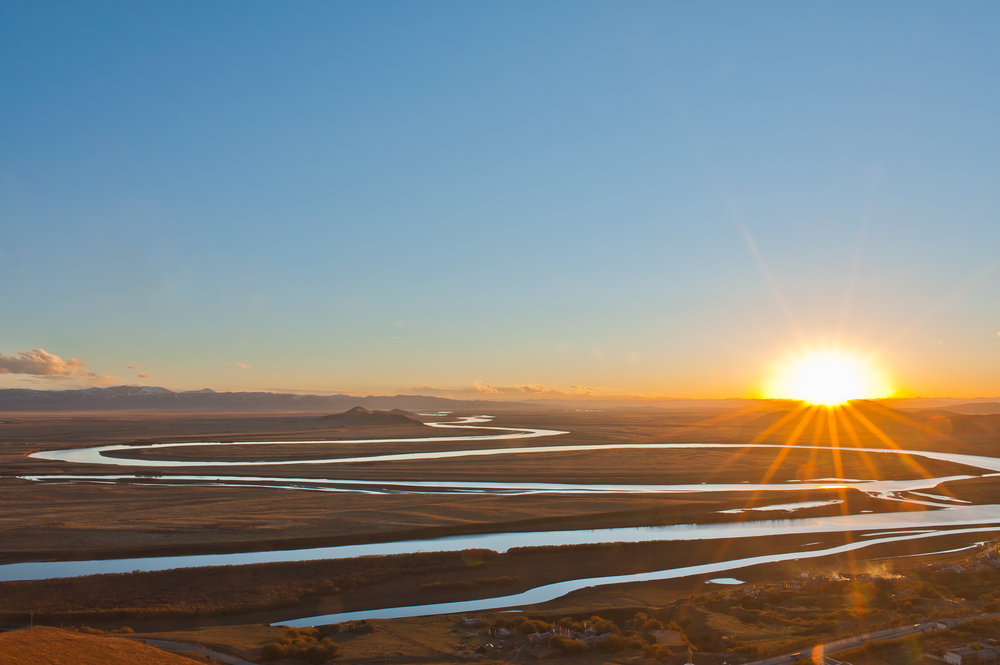
China
Also known as the Huang He, the Yellow River is the sixth-longest river in the world. It is also the second-longest river in China and is often considered to be the birthplace of ancient Chinese civilization.
For a long time, the Yellow River and the area surrounding it were the most prosperous region in the country, and today it still holds much practical and symbolic value for China.
The river has also been the cause of much strife (mostly due to flooding), so much so that it earned the nickname of The River of Sorrow.
The most significant flood in recorded history occurred in 1931 and destroyed around 34,000 square miles of villages, agriculture, and farmland.
Over 80 million people were left homeless, and the death toll is thought to be approximately one million.
Luckily, modern dams have all but ceased major flooding along the Yellow River, allowing the area surrounding it to prosper once again.
7. Ob Irtysh River – 5,410km | 3,362mi

Russia, Kazakhstan, China, Mongolia
Extending from the Atlas Mountains to the Arctic Ocean, the Ob Irtysh River is the seventh longest river in the world.
It’s also the largest river in Russia and represents one of the three great rivers in Siberia (along with the Yenisei and Lana rivers).
Often referred to simply as the Ob, this long river traverses a wide variety of landscapes, including semi-desert, forests, grasslands, and plains.
The river’s fisheries were once known for their productivity, but unfortunately, nuclear waste pollution has severely damaged fish populations.
The Ob Irtysh River is frozen for about half of the year, but it is a popular place for trade, tourism, and transportation once the water begins flowing in the spring.
8. Rio de la Plata – 4,880km | 3,030mi
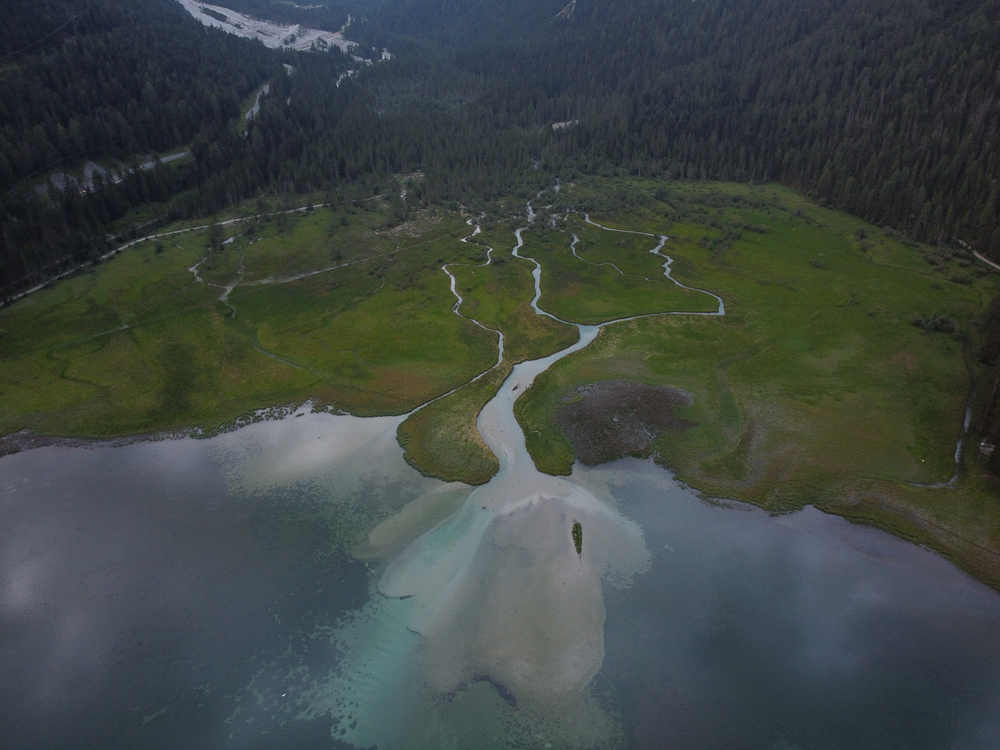
Brazil, Argentina, Paraguay, Bolivia, Uruguay
Although by itself the Rio de la Plata only measures 290km (about 180 miles), when you include the Parana and Rio Grande tributaries, this river system becomes the eighth longest in the world.
The Rio de la Plata is also the second-largest river in South America. Its shoreline runs through some of the most important cities on the continent, including Buenos Aires and Montevideo.
The river is notably long, but it’s also incredibly wide. The Parana tributary is actually an abbreviation of the Tupi phrase para rehe onava, which translates to “like the sea.”
Some parts of the river are quite literally as vast as the sea, with the widest sections measuring up to 220km (137 miles) wide. This makes the Rio de la Plata river system the widest in the world in addition to one of the longest.
9. Congo River – 4,700km | 2,900mi
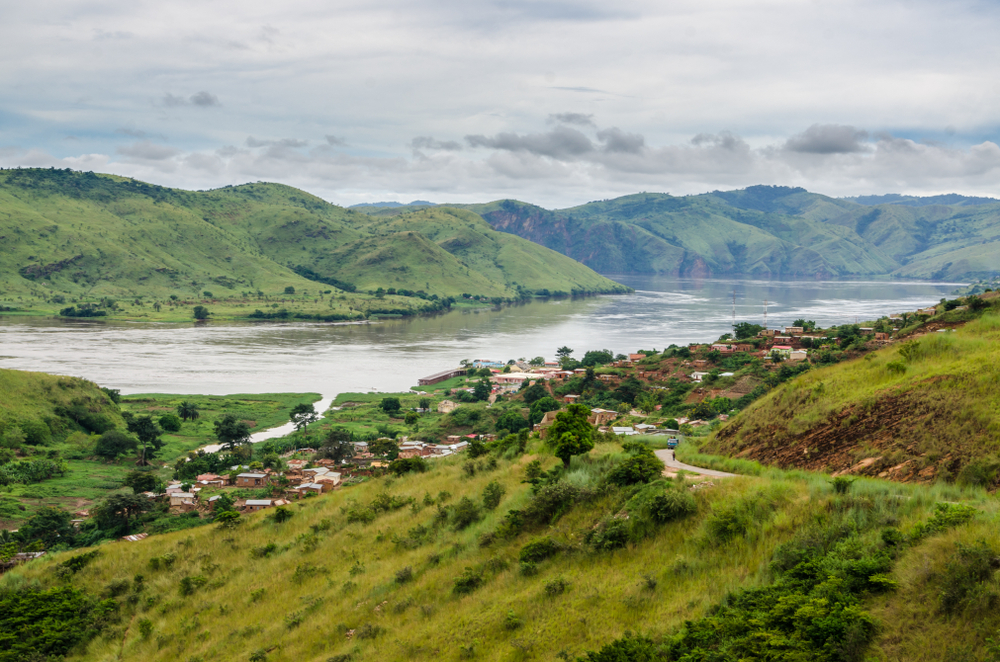
The Democratic Republic of the Congo, Central African Republic, Angola, Republic of the Congo, Tanzania, Cameroon, Zambia, Burundi, Rwanda
The Congo River, formerly known as the Zaire River, is the ninth longest river in the world and the second-largest in Africa.
While it may not come in first place in terms of length, the Congo is the world’s deepest river, and it’s also the only river in the world to cross the equator twice.
Due to its location amongst uncharted and impenetrable rainforests, the Congo River is also one of the most mysterious in the world.
However, from what we do know, the river is critical for all those who inhabit the area surrounding it. The soaring temperatures of this region mean that the Congo River is often the only source of water for miles around.
There are hundreds of species of animals that rely on its flow, including elephants, manatees, hyenas, hippos, pigs, lions, antelope, crocodiles, hundreds of species of fish, and many more.
Humans rely on the Congo River as well, not only for fishing but also for irrigation for their crops, including tobacco, peanut, cotton, and sugarcane – all of which thrive in the humid conditions of this area.
Like many of the other major rivers around the world, the Congo is also used for transportation.
Unfortunately, the gasoline-powered barges that traverse the river are a major source of pollution for the Congo and all the plants and animals that rely on it.
10. Amur River – 4,444km | 2,763mi
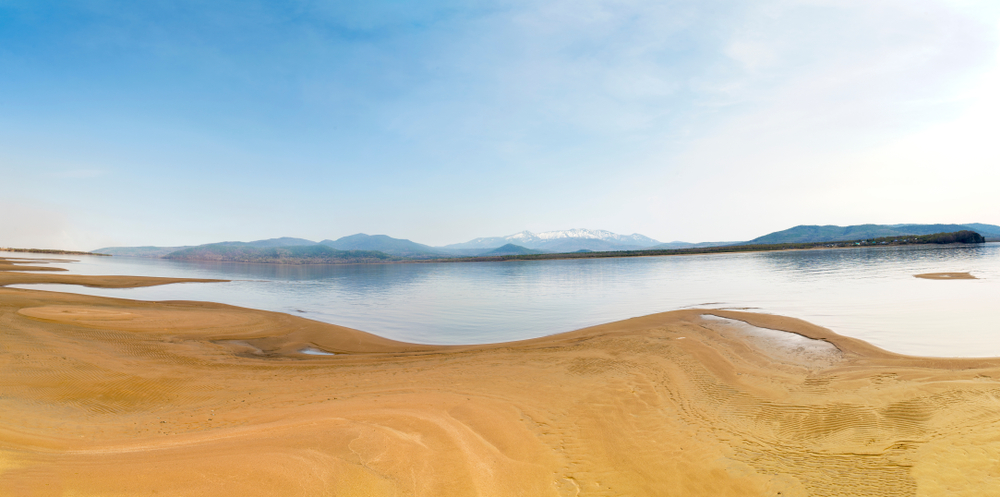
Russia, China, Mongolia
Tucked along the border of northeast China and Russia is the Amur River – the tenth-longest river in the world.
The Amur River is the largest undammed river in the world, which has created a rich habitat for native flora and fauna to flourish.
95% of the world’s Oriental white stork call these shores home, in addition to a significant collection of other species of cranes and other waterfowl.
There are also over 100 species of fish, most notably indigenous carp, Siberian salmon, and Chinese perch. The Amur River is also the home of the endangered Amur Leopard, of which there are just 50 left in existence.
Humans have also relied on the Amur River for thousands of years. Recent archeological digs have uncovered clues that ancient civilizations flourished around the riverbanks in both Russia and China.
In modern times, the Amur River has seen an uptick in mining the banks for agricultural purposes, which could have negative long-term effects on the wildlife habitats that surround it.
















